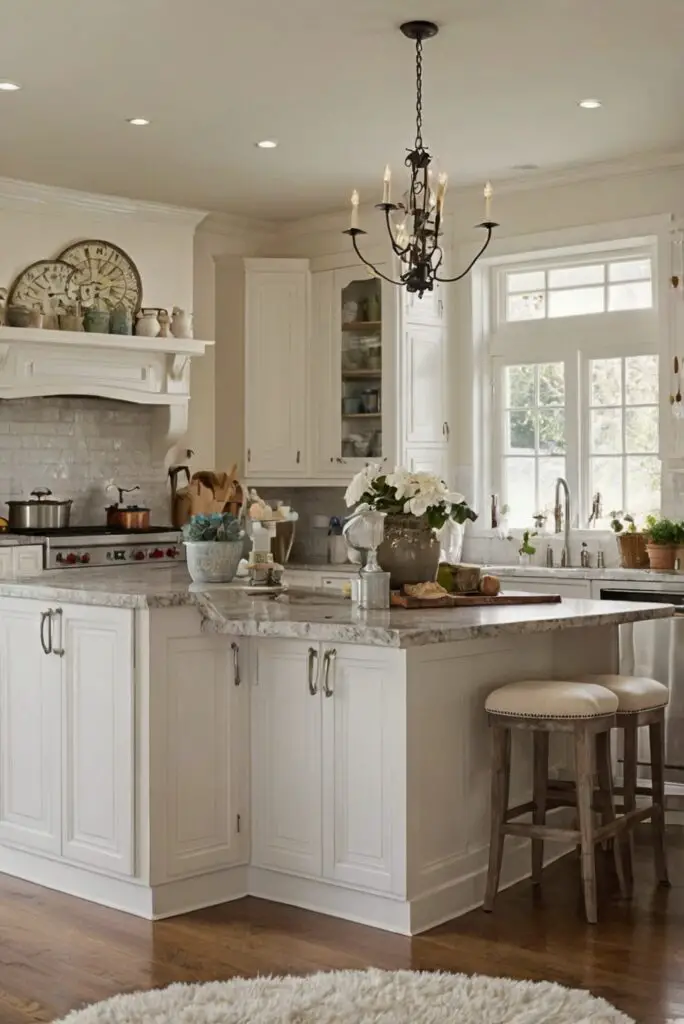Choosing paint colors that enhance your furniture and decor can transform your space effortlessly. Discover expert tips for perfect color coordination.
To choose paint colors that complement existing furniture and decor, start by considering the color scheme of the room. Look at the dominant colors in your furniture and decor items, and select a paint color that complements or contrasts with them harmoniously. If you’re unsure, stick to neutral shades like white, beige, or gray as they usually work well with most furniture colors. Consider the mood you want to create in the room – calming, energizing, or cozy – and choose paint colors accordingly. It’s also important to test paint samples on the wall before committing to a color to ensure it looks good in different lighting conditions. Additionally, you can consult with a professional interior designer for expert advice on color matching and space planning.
How can I choose paint colors that will complement my existing furniture and decor?
Choosing paint colors that complement your existing furniture and decor is essential to create a cohesive and visually appealing space. To do this effectively, **consider the color palette of your furniture and decor**. Look at the dominant colors in these pieces and choose paint colors that either match or contrast harmoniously with them. **Neutral colors like whites, beiges, grays, and taupes** are versatile options that usually work well with various furniture styles.
What is the best way to match paint colors with the hues in my furniture and decor?
My Lovely Spring Paint for 2025
Ready for a Spring Makeover? Explore the Freshest 2025 Paint Trends!
White Sage/Green SW Pistachio green Soft blue Honeysweet/Orange Pink Sugar Sage Tint BMAs an Amazon Associate, I may earn a commission from qualifying purchases at no extra cost to you.
To match paint colors with the hues in your furniture and decor, **take inspiration from the colors present in your pieces**. Select a **paint color that complements the undertones** of your furniture. For example, if you have warm-toned wooden furniture, consider **paint colors with warm undertones** like creamy whites or soft browns. Creating a **color scheme based on analogous or complementary colors** can also help you achieve a cohesive look.
Can I use online tools or apps to help me visualize how different paint colors will look in my room?
**Yes**, online tools and apps are invaluable resources for visualizing how different paint colors will look in your room. Platforms like **Sherwin-Williams ColorSnap or Benjamin Moore’s Personal Color Viewer** allow you to upload a picture of your room and try out various paint colors virtually. These tools help you **preview different color options** without the need for physical paint samples.
How do I know if a certain paint color will clash with my furniture and decor?
**To determine if a paint color will clash with your furniture and decor, consider the undertones of both**. **Cool-toned furniture usually pairs well with cool paint colors**, while **warm-toned furniture** tends to complement warm paint colors. If you’re unsure, create a **small paint sample on the wall** to see how it interacts with your furniture and decor.
What are some alternative paint colors that could work well with my existing furniture and decor?
My fAV Spring DECOR for 2025
Discover Spring’s Best 2025 Decor Combinations – Perfect for Any Room!
Oversized Indoor Plants White Curved Sofas Rugs BOH Brown Cream Moroccan Hype Boho Rug Outdoor Patio Furniture Sets Topfinel Pillow CoversAs an Amazon Associate, I may earn a commission from qualifying purchases at no extra cost to you.
When selecting alternative paint colors that could work well with your existing furniture and decor, **opt for colors that enhance the aesthetic of the room**. **Soft pastels**, such as light blues, greens, or lavenders, can add a touch of color without overpowering the space. **Earthy tones** like terracotta, olive green, or mustard yellow can also **complement a variety of furniture styles**.
How can I stay organized when selecting paint colors for a room with existing furniture and decor?
Staying organized when selecting paint colors for a room with existing furniture and decor is crucial for a cohesive outcome. Start by **creating a color scheme** that includes your furniture colors, decor accents, and the desired mood of the room. **Keep a sample board** with paint swatches, fabric samples, and pictures of your furniture to **visualize how the colors will work together**. Make **notes of the color names and codes** to ensure consistency.
Why is it important to consider the overall color scheme and style of a room before choosing paint colors?
Considering the overall color scheme and style of a room before choosing paint colors is vital as it **sets the tone for the space**. The color scheme influences the **mood, ambiance, and visual flow** of the room. **Harmonizing the paint colors with the existing design elements** helps create a balanced and **cohesive look** that enhances the overall aesthetics of the room.
Key Takeaways
– Consider the color palette of your furniture and decor to choose complementary paint colors.
– Utilize online tools and apps for visualizing different paint colors in your room.
– Match paint colors with the hues of your furniture by considering undertones.
– Experiment with alternative paint colors like soft pastels or earthy tones.
– Stay organized by creating a color scheme and maintaining a sample board.
– Prioritize the overall color scheme and style of the room for a cohesive look.







